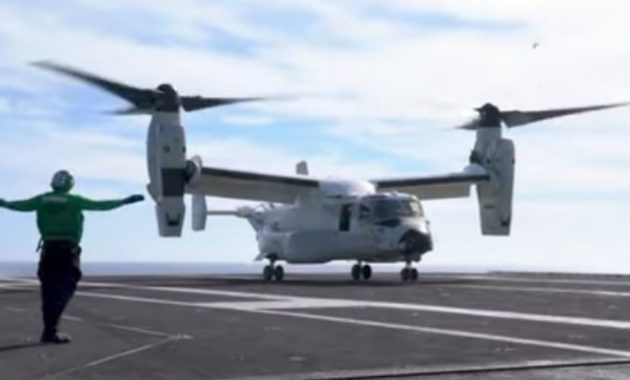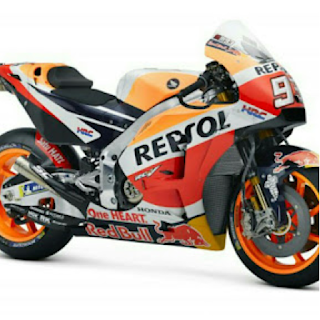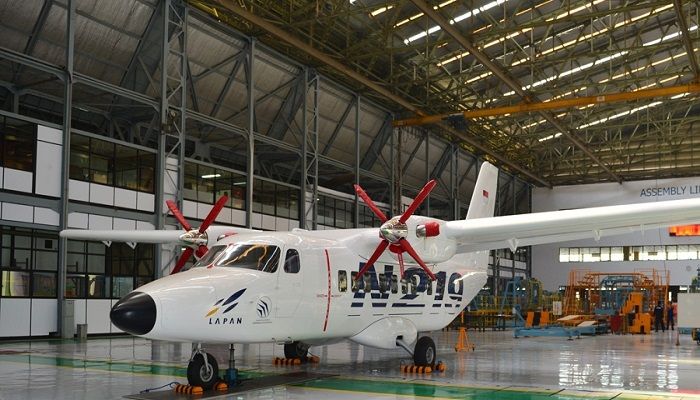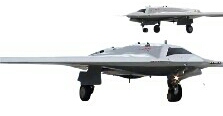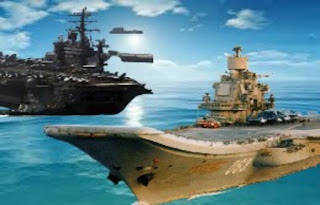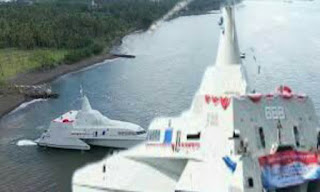WorldTekhno.com – The Bell Boeing V-22 Osprey helicopter is one of the helicopters that is a mainstay of the United States (U.S.) military in combat operations in various parts of the world. The helicopter’s sophistication is state-of-the-art and mission capable. The Bell Boeing V-22 Osprey is also known as the most recognizable helicopter among other aircraft because of its unique design.
It goes beyond looks: the V-22 Osprey performance offered by this military platform brings together the best of fixed and rotary wings in one impressive design. The V-22 Osprey is a versatile military aircraft known for its unique tilt-rotor design, which combines the vertical take-off and landing (VTOL) capabilities of a helicopter with the speed and range of a fixed-wing aircraft. It was jointly developed by Bell Helicopter and Boeing.

These 10 facts show the grandeur and sophistication of the Bell Boeing V-22 Osprey helicopter.
- Flying since 1989. First flight in March 1989, in Arlington, Texas. This multi-engine aircraft was equipped with two Rolls-Royce Liberty AE1107C engines. The Bell Boeing V-22 Osprey is the first successful military airborne tilt-rotor and the largest active tilt-rotor production line.
- Manufactured in Texas. The main V-22 assembly facility is located in Amarillo, Texas, also known as Rotor City, USA, due to the V-22’s enormous presence in the skies over the Texas Panhandle. The production group behind the V-22, better known as “Team Osprey,” consists of more than 500 U.S.-based suppliers and employs more than 27,000 people in 44 states.
- Multipurpose helicopter.The Bell Boeing V-22 Osprey has been deployed in various humanitarian and combat operations, provided earthquake relief and assisted in hurricane response around the world. As a joint provider of military services, the U.S. Marines, U.S. Air Force, U.S. Navy and Japan Ground Service-The Defense Force currently operates its own variant of the V-22 model: the Japanese MV, CV, CMV and MV respectively. In its 34 years of service, more than 475 V-22s have been ordered to complete humanitarian and combat missions around the world.
- It can operate on aircraft carriers and combat ships. Along with rotary wings and horizontally folding rotors, the V-22 can be stowed aboard an aircraft carrier or attack ship, allowing tilt-rotor aircraft to be transported to complete missions around the world. The V-22 is used for a variety of missions, including long-range infiltration, exfiltration, medium-range assault, special operations, VIP transport, supply, disaster relief, search and rescue, medical evacuation and humanitarian missions.
- Higher than average flight speed. Helicopters in general A maximum of 24 people could be seated in the helicopter. With the ability to refuel in the air via a high-speed funnel, the V-22 allowed continuous flights for several hours or more. The V-22 goes nearly twice as fast as most helicopters. The V-22’s speed and wide area coverage allowed fast response times during the “Golden Hour,” or the first and most critical hour after an incident.
- Automatic takeoff and landing technology. The V-22 is equipped with full runway independence technology, allowing it to take off and land wherever it is most needed. Today, the V-22 has reached more than 700,000 flight hours. Equipped with modern fly-by-wire controls, the V-22’s high-tech equipment allows for less pilot workload and greater situational awareness.
- Often featured in movies and games. V-22 has appeared in more than 40 movies and video games, including the Transformers and Call of Duty series.
- Continually enhanced combat capabilities. Beginning in December 2021, Bell will begin offering repair kits for the two V-22 nacelles to maintain reliability levels and increase mission readiness. The CV-22 nacelle upgrade program recently surpassed 1,000 flight hours, bolstering endurance for a wide range of operations.
- Pioneer of vertical takeoff and landing. The V-22 model was developed for more than 85 years. Bell pioneered innovative vertical takeoff and landing (VTOL) configurations, such as the X-14, X-22, XV-3, XV-15 and, finally, the V-22.
- Operates in all terrain With corrosion-resistant coating and folding blades for onboard storage, the V-22 is designed to successfully navigate the world’s most hostile environments.***

